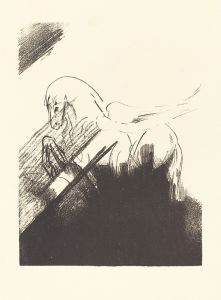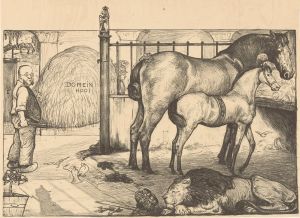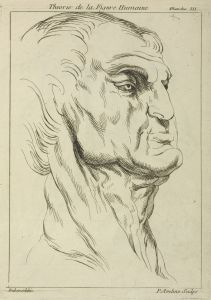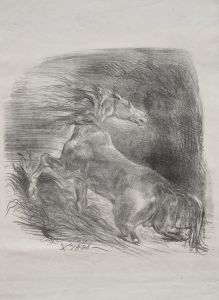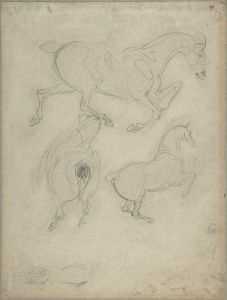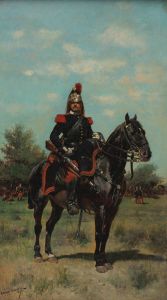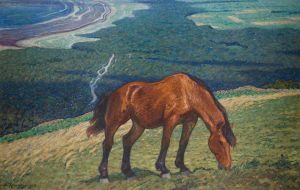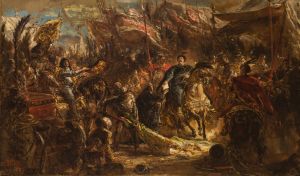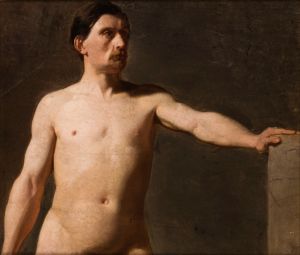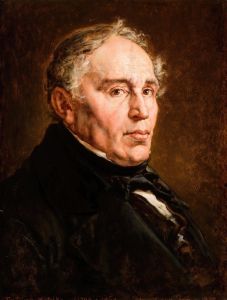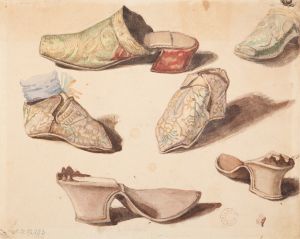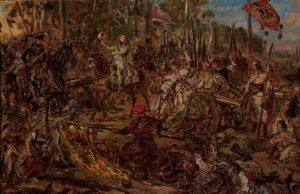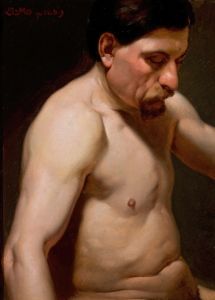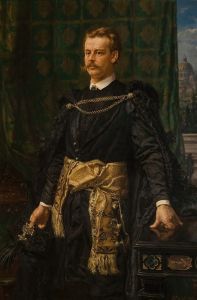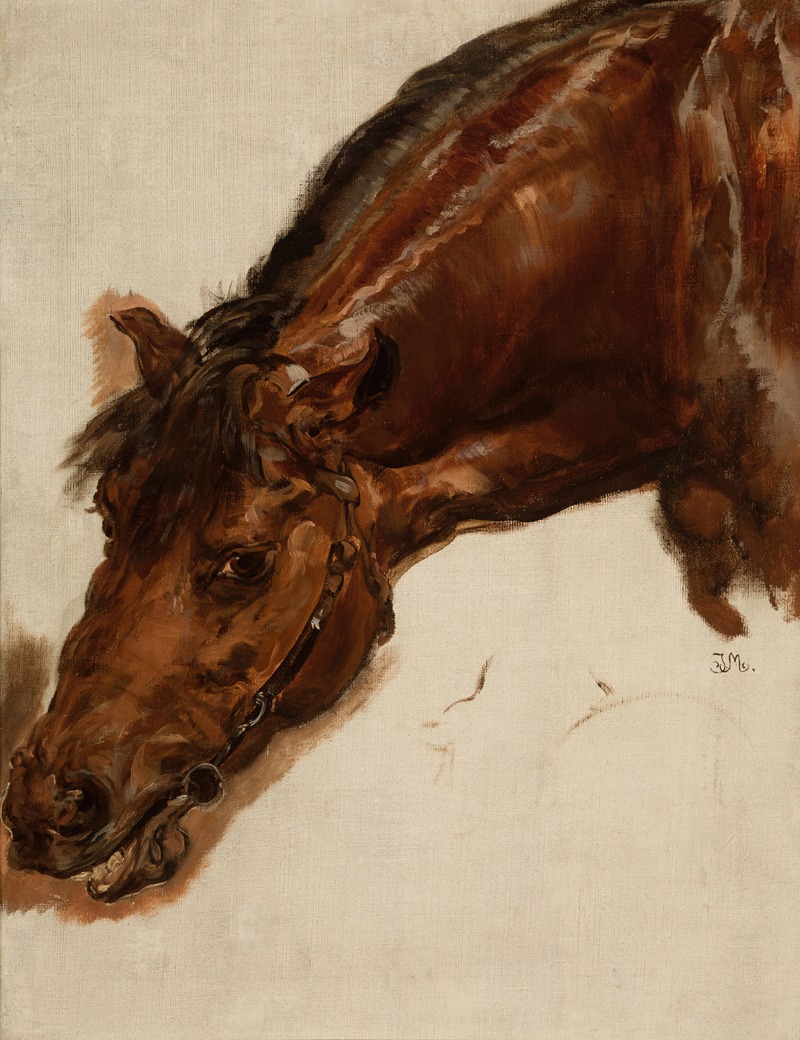
Study of a horse head
A hand-painted replica of Jan Matejko’s masterpiece Study of a horse head, meticulously crafted by professional artists to capture the true essence of the original. Each piece is created with museum-quality canvas and rare mineral pigments, carefully painted by experienced artists with delicate brushstrokes and rich, layered colors to perfectly recreate the texture of the original artwork. Unlike machine-printed reproductions, this hand-painted version brings the painting to life, infused with the artist’s emotions and skill in every stroke. Whether for personal collection or home decoration, it instantly elevates the artistic atmosphere of any space.
Jan Matejko, a renowned Polish painter, is best known for his large-scale historical paintings that depict significant events in Polish history. However, his artistic repertoire also includes studies and sketches that reveal his deep understanding of anatomy and his meticulous attention to detail. One such work is the "Study of a Horse Head," which exemplifies Matejko's skill in capturing the essence and form of his subjects.
The "Study of a Horse Head" is a testament to Matejko's dedication to mastering the fundamentals of drawing and his interest in the anatomical precision of his subjects. Although Matejko is primarily celebrated for his historical compositions, this study highlights his ability to focus on a single subject and explore its form with great care and accuracy. The study likely served as a preparatory work for a larger composition or as an exercise in understanding equine anatomy, which was a common practice among artists seeking to enhance their skills.
Matejko's attention to detail is evident in the way he captures the musculature and bone structure of the horse's head. The study reflects his keen observation skills and his ability to translate these observations into a realistic representation on paper. The careful rendering of the horse's features, such as the eyes, ears, and nostrils, demonstrates Matejko's proficiency in depicting texture and form, which are crucial elements in creating lifelike representations.
The medium used for this study is likely pencil or charcoal, as these were common tools for artists conducting anatomical studies during Matejko's time. These materials allowed for precise lines and shading, enabling Matejko to achieve a high level of detail and depth in his work. The use of light and shadow in the study adds a three-dimensional quality to the horse's head, further enhancing its realism.
Matejko's interest in horses and their depiction can be linked to the historical and cultural significance of horses in Poland. Horses played a vital role in Polish history, particularly in the context of warfare and the nobility. As such, understanding and accurately portraying horses would have been important for Matejko, whose works often included equestrian subjects in historical settings.
While the "Study of a Horse Head" may not be as widely recognized as Matejko's grand historical paintings, it provides valuable insight into his artistic process and his commitment to mastering the technical aspects of drawing. This study not only showcases Matejko's skill as an artist but also reflects the broader artistic practices of the 19th century, where studies and sketches were integral to the development of larger, more complex works.
In summary, Jan Matejko's "Study of a Horse Head" is a fine example of his ability to capture the intricacies of form and anatomy. It highlights his dedication to detail and his interest in subjects that held cultural and historical significance. This study serves as a window into Matejko's artistic practice and his pursuit of excellence in the depiction of both historical narratives and individual subjects.





